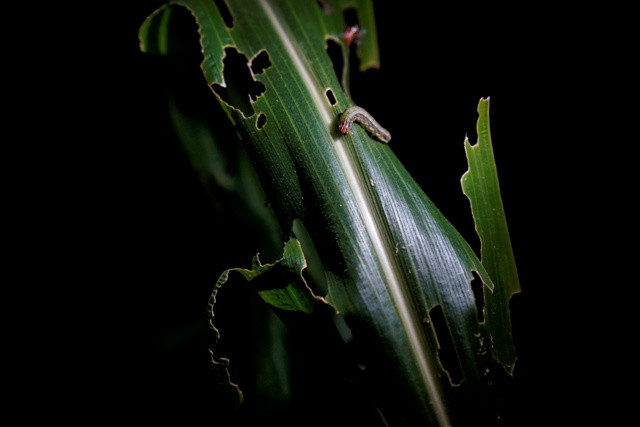Fall armyworm or Spodoptera frugipedra, a pest native to tropical and subtropical regions of the Americas, is expected to reach the corn belt of China's northeast next year. The possible infestation is particularly alarming since the country is the world's second-largest corn producer and consumer.
Once they entered a region, it will be difficult to drive them away or kill them without the use of harmful pesticides. For instance, an adult can fly up to several hundred kilometers.
Fall armyworm prefers corn but can also eat rice, millet, sugarcane, vegetables, cotton among others. The pest can feed on 80 other crops.
China's National Agricultures Technology Extension Service Center or NATESC, an institute under the Ministry of Agriculture and Rural Affairs, estimated that the fall armyworm could enter the country's northeastern corn belt early next year. Around the time, the corns are only at their budding period which means that once the pest feeds on what is available, it can to turn to wheat and jump to the next region. The pest had already wreaked havoc in China's southwestern province of Yunnan in January 2019.
Fall armyworm ate a total of 1.3 million hectares of land in 26 provinces this year alone. Based on how the pest moved in the region, NATESC said they can eat hundreds of hectares of crops overnight.
Fall armyworm infestation is not isolated in China. The Food and Agriculture Organization of the United Nations or FAO, had, gathered $500 million for a Global Action project aimed at preventing further damage in Africa, Near East and Asia-Pacific.
The budget will be allocated for preventive measures to stop the pest from rapidly spreading in other areas. If not stopped this early, the fall armyworm can put global food security at risk. It will also affect the livelihood of millions of families around the world.
For instance, since the arrival of fall armyworm in West Africa in 2016, it has eaten a total of 17.7 million tons of corn. That amount of crops would have fed tens of millions of people in the country. Of most affected are the farmers who rely on crops to feed their families and sustain a livelihood.
Meanwhile, FAO estimates that fall armyworm is on its way to damage more than a dozen Asian countries, of most particular concern, is China - which has started at this time - and India, with Europe coming in next.






